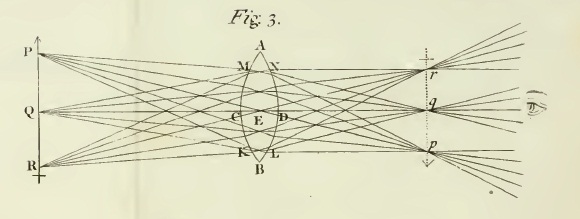
Modern primitive . . . a detail from Street Scene, 1935.
The Tate is under fire for its neglect of LS Lowry. Chalk it up to old prejudices about popular art
Jonathan Jones guardian.co.uk, Monday 18 April 2011 22.00 BST Article history The paintings of LS Lowry are unforgettable. That's partly because they can be reduced to such simple elements – Matchstalk Men and Matchstalk Cats and Dogs, as one-hit wonders Brian and Michael pointed out in a 1978 No 1 hit. But it is also because Lowry is a visionary who recorded the inner life of British cities in the 20th century more powerfully than any other artist.
They have gone now, the forests of tall, thin chimneys belching out black smoke, the crowds coming out of the factory gates in the evening, the Lyons cafes and pithead scaffolds. I can still remember the stench of sulphur mingling with the taste of fish and chips in a Welsh industrial town in the 1970s. Now British city centres are more likely to smell of Costa coffee. No wonder some would rather not remember Lowry.
Now it seems that the painter's champions, led by actor Ian McKellen, claim that the Tate is guilty of filing away and forgetting him. It owns 23 of his paintings, but apparently has only ever exhibited one of them, and that only briefly. McKellen challenges the Tate to either show these works or sell them, accusing them of anti-northern prejudice. "It is a shame verging on the iniquitous," McKellen says, "that foreign visitors to London shouldn't have access to the painter English people like more than most others."
Current building works at Tate Britain will allow it to do justice to its collection, we are promised, and the museum claims that Lowry, among others, will get his due. Yet in the meantime, its displays currently go deep into 20th-century art history without a sniff of a Salford mill scene. But this is not because of any animus against the north: it is the result of a snobbery towards "naive" and popular art.
Lowry's protectors get upset when you call him a naive artist. It is true that he got a proper art-school training, but the intensity of his work is free from any desire to conform to academic rules. He creates a world of his own, childish and primitive, which is at the same time a potent way of seeing the cruel cityscapes of the industrial age. His know-ledge of modern art – the tormented self-portraits convey an admiration for Van Gogh, maybe Munch – seemingly freed him to paint without respect for convention. He finds a grim beauty in his views of red facades, black smoke and figures in white, snowy emptiness. He is a modern primitive, an industrial Rousseau, whose way of seeing is perhaps the only one that could do justice to the way places like Salford looked in the factory age. Personally, I would love to see his Industrial Landscape (1950) alongside one of Giorgio de Chirico's eerie paintings of dreamlike piazzas.
So why exclude this modern artist from the story of British modern art? I suspect it's part of an academic, even repressed view of art. The wild outsiders get less attention, still less popular culture. Indeed, the Tate has far less interest in popular imagery, such as (in Lowry's period) film posters and Bakelite ornaments, than does the V&A, for example – it interprets its fine art remit very narrowly.
Its curators exalt modernism above popular art, even though the British responses to the likes of Picasso, Mondrian and Miró were brittle compared to the real thing. Set alongside the likes of Ben Nicholson – who showed his works with Mondrian's, but completely lacked the Dutch master's mystical passion – Lowry would be like a bad-mannered, flat-capped intruder among its quietly murmuring house-guests. Not only is Lowry a more lively artist than many the Tate shows, but he tells us more about the modern world and Britain's unique place in its creation as the birthplace of the factory. His exclusion is not about north versus south. But it is about class.

No hay comentarios:
Publicar un comentario